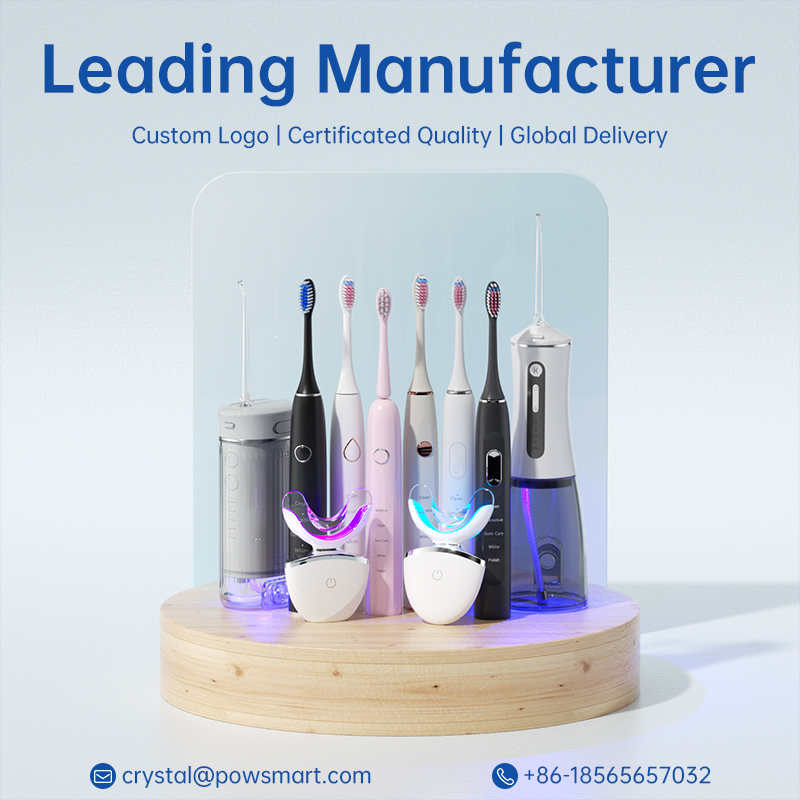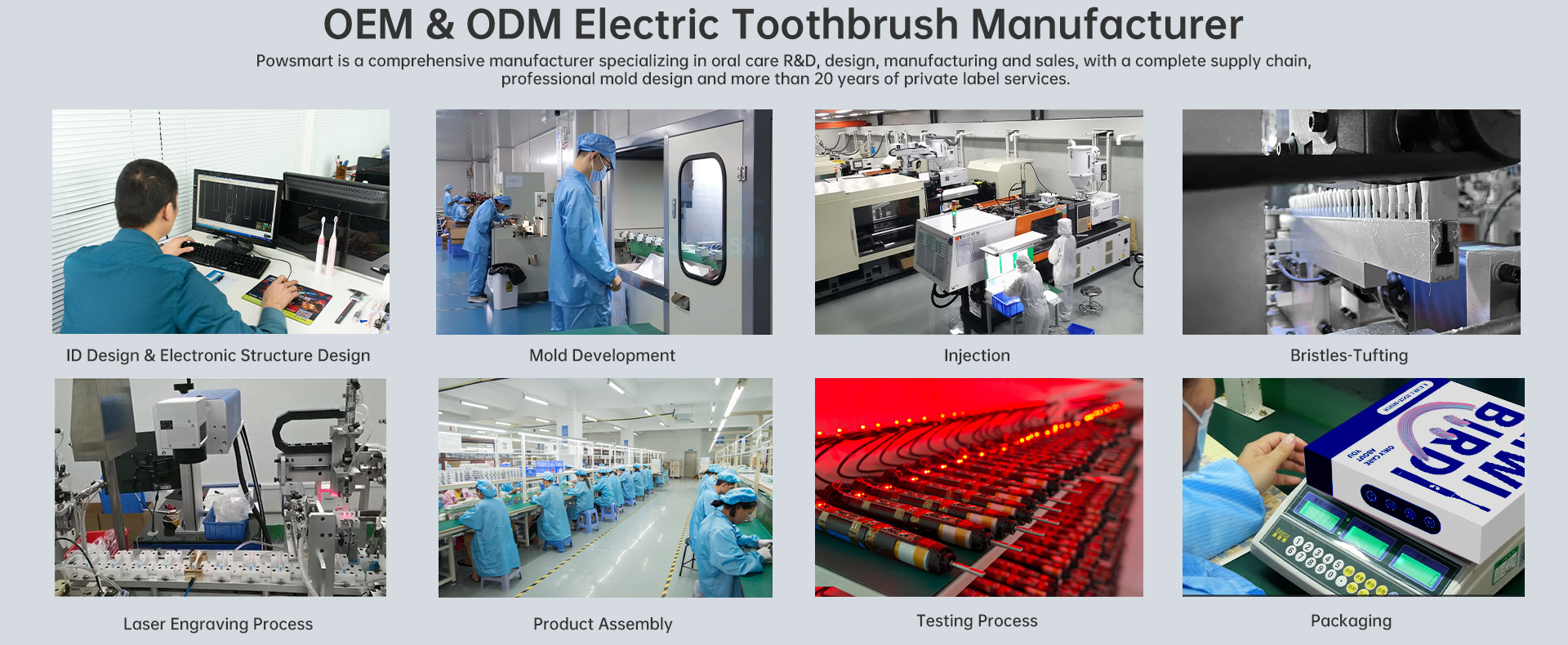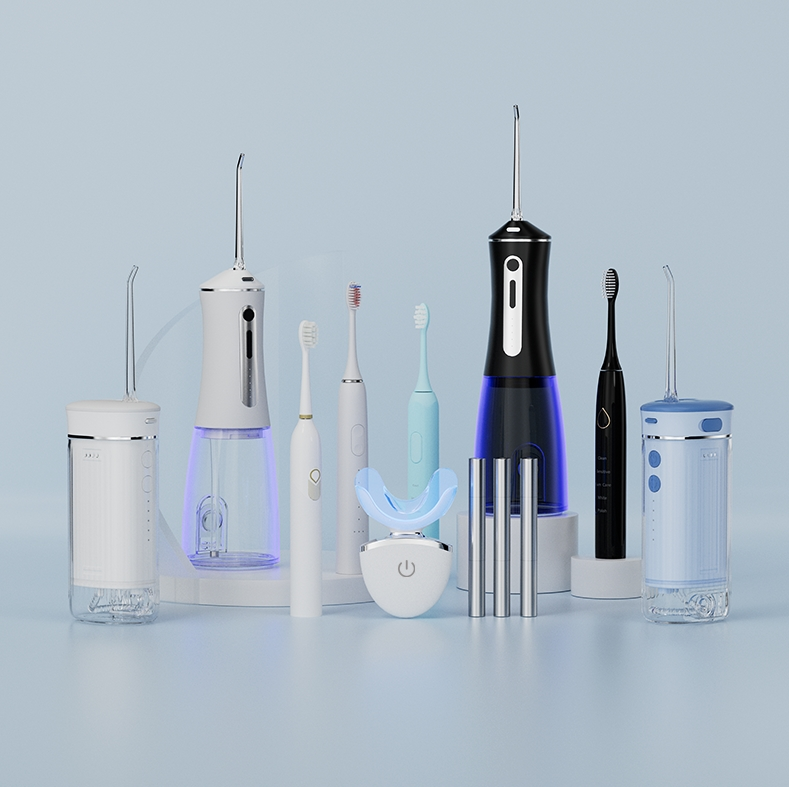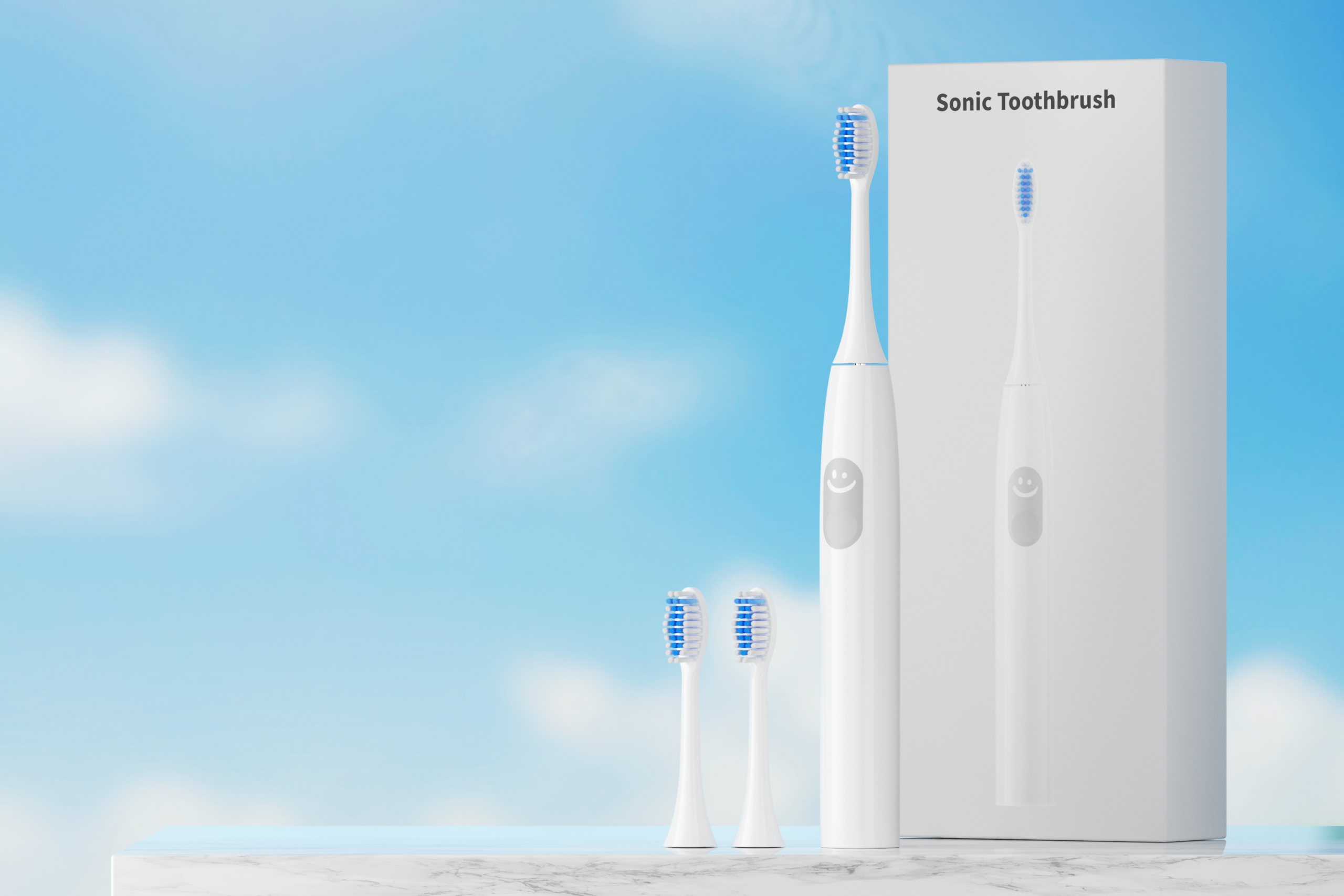As user expectations for high-precision oral care devices continue to rise, complaints involving sync disruption—particularly in sonic toothbrushes and high-frequency massaging tools—have become more than just performance issues. A new concern is emerging: lip sensitivity caused by seemingly minor inconsistencies in vibration, torque, or waveform synchronization. Could this pairing point to an overlooked design flaw? This article explores the mechanical-to-sensory link and outlines six key insights for manufacturers to avoid such unintended discomfort in end-users.
Sync disruption refers to the loss of alignment between internal motion components—such as motor oscillation, head rotation, or pulse modulation—and the intended control signal. In products like sonic toothbrushes, facial brushes, or lip-care massagers, synchronization is essential for delivering a uniform and gentle touch. Disruption can occur due to:
Even microsecond-level timing mismatches can create unstable pulses, which are especially perceptible in sensitive areas like the lips.
The lip area contains a dense concentration of nerve endings, making it one of the most touch-sensitive zones on the human body. When sync disruption causes irregular mechanical impulses, the resulting sensation can feel:
For users with pre-existing dryness, micro-cracks, or hypersensitivity, these irregularities may quickly escalate to discomfort or perceived irritation, even if the device meets general safety standards. Company web:https://www.powsmart.com/product/electric-toothbrush/
Design flaws that trigger sync disruption often stem from overlooked technical choices:
These issues might not show up in standard performance tests, but become apparent under real-time usage—especially in edge zones like lips or soft oral tissue.
From a B2B standpoint, recurring lip sensitivity complaints can result in:
Unlike more visible hardware failures, sensory design oversights are harder to quantify, making them even more critical to engineer out during early prototyping and validation.
To prevent sync disruption and its potential link to lip sensitivity, manufacturers should implement:
Integrating sensory-level testing into QA workflows bridges the gap between electrical specs and human perception.
The good news? Fixing sync disruption not only prevents discomfort but can become a strong product differentiator. By marketing precise, lip-safe operation and demonstrating validated sync stability, B2B manufacturers can:
What starts as a design flaw can evolve into a design feature—if addressed proactively and transparently.
Though often hidden beneath technical specifications, sync disruption and resulting lip sensitivity expose a fundamental gap between mechanical engineering and human-centered design. For forward-thinking manufacturers, this is not just a challenge—it’s a call to elevate vibration control and sensory testing as part of core R&D. Only then can we ensure that innovation not only performs—but feels right to the user. Contact us
.jpg)
.jpg)
.jpg)
Gentle Gum Care Electric Toothbrush Production for Sensitive Teeth
Could Bristle Splaying Rapidly Induce Uneven Cleaning Patterns?

Oral Irrigator Product Upgrade: Revolutionize Dental Care with Advanced Water Flossing Tech

OEM Electric Toothbrush Quality Manufacturing in USA Texas
Manufacturing Standardization & Branding: Consistent Quality, Global Trust

Motor Lifespan Matters! Importance of Premium Electric Toothbrush Durability
Houston Pressure Sensor Toothbrush – Protect Your Gums with Powsmart
Eco-Friendly Promo Products for Dental Offices | Sustainable Branding
.jpg)
Can the right oral care products prevent pain this National Toothache Day?
How to Use Electric Toothbrush First Time Guide Hindi

Dental Care Products Market – Is There Space for Startups?

Waterproof & Fast Charging? Inside High-End electric Toothbrush Charging Stations

Reveal the Big Brand OEM: The Manufacturing Insider of an International Brand Electric Toothbrush
.jpg)
Which Product Functions and Performances of Water Flossers Are Users Most Concerned About?

How to Deal with the Electric Toothbrush That Automatically Starts Up?

What’s the Best Brush for Braces cleaning?

electric toothbrush heads Deep Clean

Electric toothbrush heads Charcoal Infused-Diamond

Customization Teeth Whitening Gel

electric toothbrush heads Regular Clean
.jpg)
Florida Electric Toothbrush – Powsmart PTR-C8

electric toothbrush heads Charcoal Infuse-Round

electric toothbrush heads Ultra Soft

Private Label Whitening Gel
whstapp
whstapp
National Toll-Free Service Hotline
+86 755 86238638